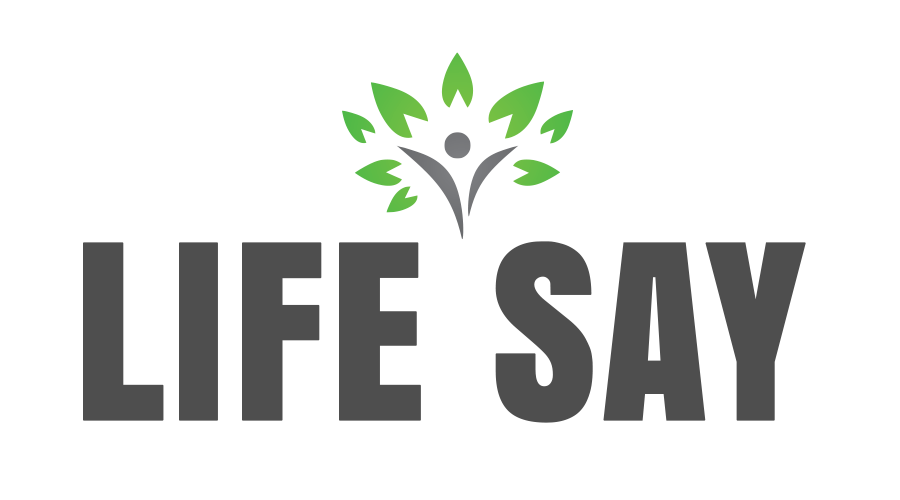The numbers which give us the exact position of an object are called ordinal numbers. Ordinal numbers tell us the order of how things are set, they show the position or the rank of something.
Many people don’t realize that we can use numbers in different ways. Let’s say you are counting the number that hits in a baseball game, the number of shirts to pack for a trip, or the number of books you have read over the summer. If you hit five balls, pack three shirts, or read ten books then these numbers are a count of balls, shirts, and books.
There are times when you don’t want a number to give you a count of something. In this case, you would use ordinal numbers, the numbers that show order or position.
Few Ordinal Numbers
Here are the first ten ordinal numbers:
- First, or 1st
- Second, or 2nd
- Third, or 3rd
- Fourth, or 4th
- Fifth, or 5th
- Sixth, or 6th
- Seventh, or 7th
- Eighth, or 8th
- Ninth, or 9th
- Tenth, or 10th
Ordinal Numbers Activities
- Line it up – One of the first and easiest ordinal number activities is lining the objects up in a row. The favorite thing about this activity is that you can use anything which you have in abundance. You can use stuffed animals, cars, trains, or any other objects that interest the kiddos.
- Days of the Week – Another one of the ordinal number activities is using the days of the week. When we probably say something along the lines of, “Sunday is the first day of the week. Monday is the second day of the week.”
- Months of the year – This is another quick way to practice ordinal numbers on a day-to-day basis. Just print out the months and point to the current month going on. Let’s say that we are in the month of March, point to March, and say, “This is March. It is the third month of the year.”
- Sequencing – By simply talking about consistent, sequential daily activities like what are the events that kids do every day? First, wake up. Second, put on the clothes. Third, put the pajamas away. Fourth, eat breakfast.
- Following Recipes – Following recipes is another favorite ordinal number activity. It’s obvious that we need to use judgment on the intricacy of the recipe but for young children let them make something like pudding.
Get all of the tools out for them. Make them complete the steps as independently as they can. For those who are just learning the concept of ordinal numbers, let them complete 3 steps of making a pudding. “First, pour in the pudding mix. Second, pour in 2 cups of milk. Third, stir it all together.”
- Order of Events – If you have older kids, they will be required to understand and create timelines. So, this is the perfect opportunity to incorporate maths into history.
There is a distinct relationship between historical events and ordinal numbers and this is a great time to get kids to think about that fact. Have them write out several significant events from history, mix them up, and then ask them to put the events into order.
To challenge the kiddos, even more, ask them to explain the cause and effect of the relationship between the events. This gets them thinking more deeply about “why” the events happened in that specific order.
Cuemath
What is the Cuemath website all about? Have you visited the website? No, then let me tell you what it is all about. Cuemath gives you a platform where you get the service of an online live education platform which is created with the aid of subject-matter experts. A strong emphasis is given on the student’s idea clarity and ties theoretical doubts to real-world situations so that students may readily learn and grasp numerous concepts. Visit website for more information.


